Fieseler Fi-156 C-3 TROP Storch
Production Time 9 to 10 weeks
Shipment is by FedEx, UPS or DHL International Express Courier with a normal door-to-door delivery time worldwide of within 2-3 business days after dispatch. Due to the current volatility of world fuel prices, the amount mentioned here is our best estimate for DHL and UPS and may be subject to change at the time of shipping.

Model Description: Fieseler Fi-156 C-3 TROP Storch Wood Replica Scale Custom Model Aircraft
Manufacturer: Fieseler
Wingspan: 17 Inches (43.2 Centimeters)
Height: 3.6 Inches (9.1 Centimeters)
Scale: 1:33
$239.50
Production Time 9 to 10 weeks
-
United States dollar ($)
-
Pound sterling (£)
-
Euro (€)
-
Australian dollar ($)
-
Canadian dollar ($)
-
Singapore dollar ($)
-
Swiss franc (CHF)
-
Japanese yen (¥)
-
Danish krone (kr.)
-
Hong Kong dollar ($)
-
Norwegian krone (kr)
-
Swedish krona (kr)
-
United Arab Emirates dirham (د.إ)
General Product Description
Our PlaneArts Fieseler Fi-156 C-3 TROP Storch model exhibits unique, unrivaled quality and detailed design to come as close as possible to the accuracy of the actual plane. It comes as standard with a robust, durable base or stand which is available in a variety of different finishes designed to match your own personal requirements including solid wood, wood with polished metal supports or adjustable wood wall mount and will be ready within about 9-10 weeks from placement of order.
The Fieseler Fi-156 C-3 TROP Storch model is made of the finest kiln dried renewable mahogany wood (commonly known as Lauan or Meranti) which has undergone many stages of carving and meticulous and careful sanding giving the beautiful, finished museum quality masterpiece. Many collectors and model connoisseurs demonstrate their preference for genuine handmade and hand painted mahogany wood models rather than plastic or die cast (diecast) alternatives due to the overall look and totally different feel of the item - we trust you will find the same. We can however, if required produce the same model in Solid Cast Resin so just click and contact us for further information. Our craftsmen and gifted artisans ensure that our finely handcrafted model airplanes match the precise blueprint details of the original aircraft. The paint scheme, markings and parts are closely matched, reflecting the original aircraft. This stylish top-quality desktop replica model will surely enthrall anyone who receives this as a gift and for sure one of the most appropriate and desirably collectable gifts for any military aviation enthusiast and avid aircraft collector whilst also displaying a perfect resemblance to the actual real life version.
There are many types of military propeller aircraft, but the basic types are bombers, fighters, fighter bombers, spotter planes, transporters, patrol aircraft, trainers, and reconnaissance and observation aircraft. All these types of aircraft are used for different types of missions. If you're a fan of historic or present-day military aviation, our model aircraft will bring the excitement and character of these aircraft right into your own home. You can order a wood airplane model of a North American B-25 Mitchell Bomber, a B17 - Flying Fortress, or a P-51 Mustang Nervous Energy V not forgetting the Bf 109, Spitfire, FW 190, A6M Zero, P-38 and F4U. These classic, propeller airplane models are of the highest quality. Each is individually crafted by our expert craftsmen. They produce handmade scale mahogany airplane models of the finest aircraft from World War I and II to present day biplanes and triplanes.
If you require, we can also make the Fieseler Fi-156 C-3 TROP Storch model in any other military, government or even private livery or colour scheme you require and if necessary, in a different size or scale. Just click here to contact us with a description or photographs of what you require, and we will let you have a quotation for the necessary customization by return email. We can also make bespoke scale replicas of any other private / civil commercial airliner or airliners, helicopter, glider, gliders with engines, military jet, warplane jets, biplane, triplane, tail fin, spacecraft, rocket or NASA model you require in any airline, military or civilian livery or colors. We also produce model airships, blimps, dirigibles, blimps, boats, and ship collectibles. Wall plaque or seal for military, government or private customers. Again, by clicking here to contact us just let us know exactly what you need.
The Fieseler Fi-156 C-3 TROP Storch: An Icon of Aviation History
The Fieseler Fi-156 C-3 TROP Storch, affectionately known as the “Stork” in English, stands as a remarkable icon in aviation history. This German aircraft, designed in the late 1930s, was a marvel of engineering, celebrated for its incredible short takeoff and landing (STOL) capabilities, which allowed it to operate in some of the most challenging environments of World War II. The C-3 TROP variant, specifically adapted for tropical conditions, played a crucial role in various theaters of war, showcasing its versatility and reliability.
Design and Features:
The Fieseler Fi-156 was designed by Gerhard Fieseler, a former World War I fighter pilot and aerobatic champion. His experience and vision brought forth an aircraft that was both rugged and agile. The C-3 TROP variant was a further enhancement, tailored to withstand the harsh conditions of tropical and desert climates.
One of the most striking features of the Storch was its high-wing, fixed slat design, combined with large, flaps that extended along the wings. These innovations allowed the Storch to take off and land in incredibly short distances—often in less than 200 feet. This capability made it invaluable for reconnaissance, medical evacuation, and liaison duties in areas where conventional aircraft could not operate.
The Storch was powered by a single Argus As 10 V8 engine, providing 240 horsepower. Despite its relatively low power, the aircraft’s lightweight construction and aerodynamic design allowed it to achieve a top speed of around 109 mph (175 km/h). However, speed was not the Storch’s primary strength; its ability to fly at extremely low speeds—sometimes as slow as 31 mph (50 km/h)—was what set it apart. This slow speed allowed it to loiter over the battlefield, providing real-time intelligence and performing precision landings in tight spots.
The TROP Adaptation:
The C-3 TROP version of the Fi-156 was specifically modified for operations in the North African desert and other tropical regions. These modifications included the addition of dust filters, enhanced cooling systems, and adjustments to the fuel system to handle the extreme heat. The aircraft was also equipped with additional survival gear, including water and emergency supplies, ensuring that crews could survive in remote areas if forced to land.
The TROP Storch was a lifeline for Axis forces operating in North Africa, where its ability to operate from makeshift airstrips and its excellent visibility made it indispensable. It was used for a variety of roles, including transporting high-ranking officers, delivering vital supplies, and even rescuing downed pilots from behind enemy lines.
Notable Missions:
The Fieseler Storch gained legendary status due to its involvement in several high-profile missions during World War II. One of the most famous was the daring rescue of the Italian dictator Benito Mussolini from his mountain-top prison at Gran Sasso in September 1943. A Storch piloted by Luftwaffe ace Otto Skorzeny was used to land on the small, rocky plateau and fly Mussolini to safety, a feat that showcased the aircraft’s unparalleled landing and takeoff abilities.
In the African theater, the Storch’s STOL capabilities allowed it to perform critical reconnaissance missions, often operating from small clearings or roads where no other aircraft could land. Its role in these operations underscored its value as a versatile and reliable aircraft in the most challenging environments.
Legacy:
The Fieseler Fi-156 C-3 TROP Storch is remembered not only for its unique design and operational capabilities but also for the significant impact it had during the war. Its ability to operate in environments where other aircraft could not made it a valuable asset to the Luftwaffe. After the war, the Storch’s design continued to influence aircraft development, particularly in the field of STOL aircraft.
Today, surviving examples of the Storch are treasured by aviation enthusiasts and historians alike. Several are still airworthy, serving as a testament to the enduring legacy of this remarkable aircraft. The Fi-156 C-3 TROP Storch remains an iconic symbol of innovation and adaptability, a true workhorse of the skies that left an indelible mark on aviation history.
Conclusion:
The Fieseler Fi-156 C-3 TROP Storch was more than just an aircraft; it was a game-changer in the realm of military aviation. Its extraordinary capabilities allowed it to perform missions that would have been impossible for other aircraft, earning it a legendary status that endures to this day. As we look back on the history of aviation, the Storch stands out as a symbol of ingenuity and the relentless pursuit of excellence in aircraft design.
| Weight | 6 kg |
|---|---|
| Dimensions | 11.8 × 17 × 3.6 in |

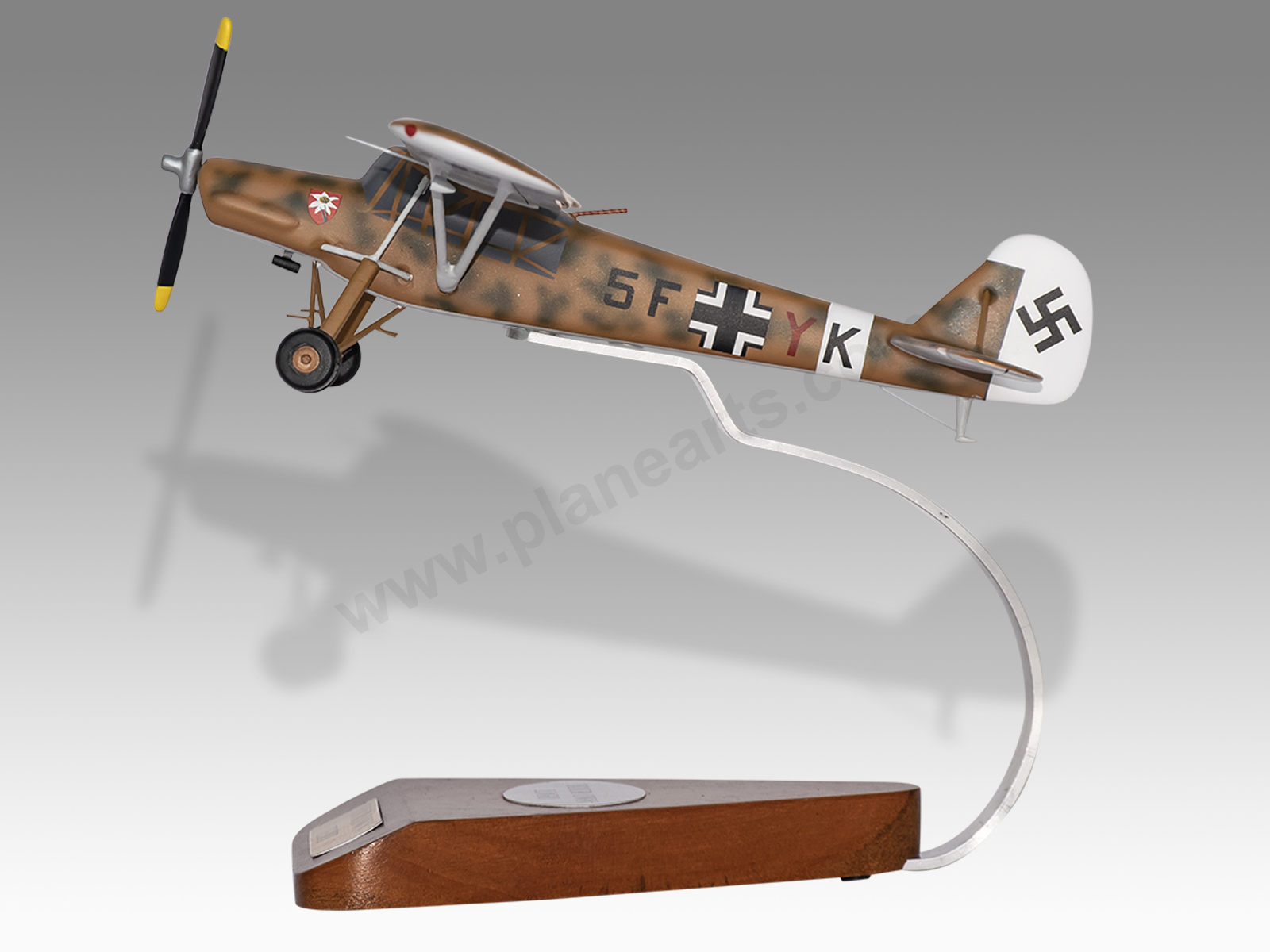
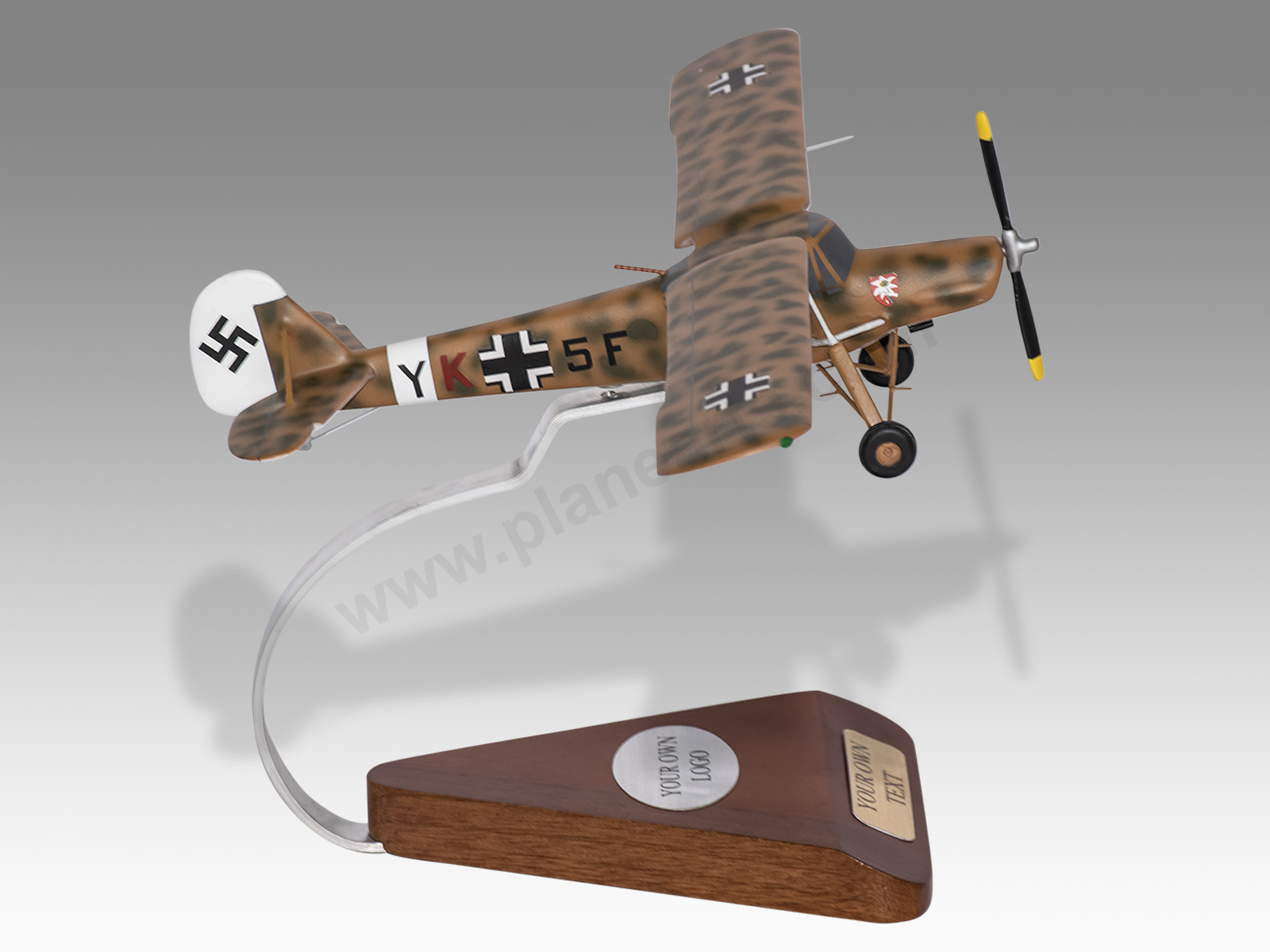
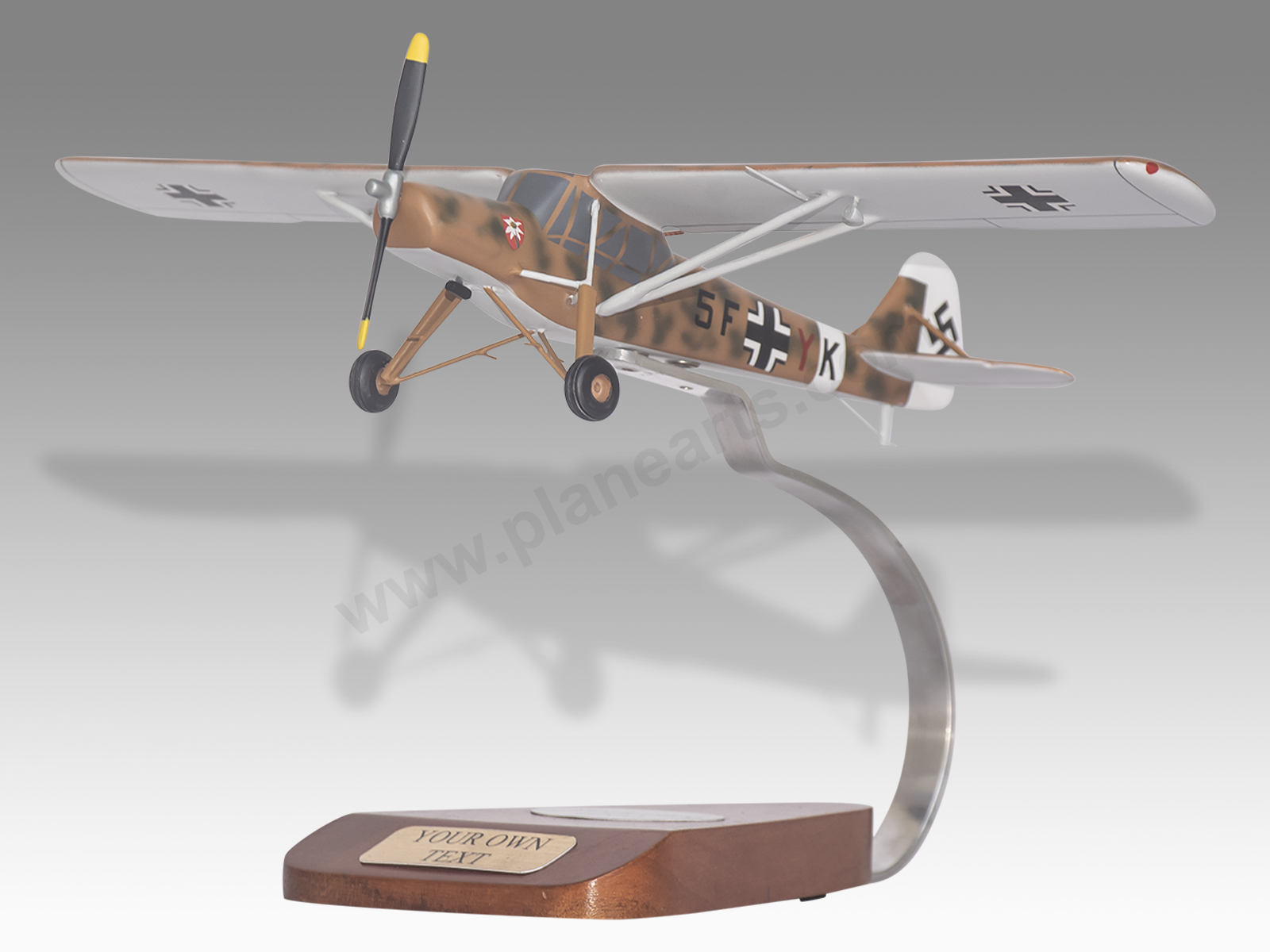
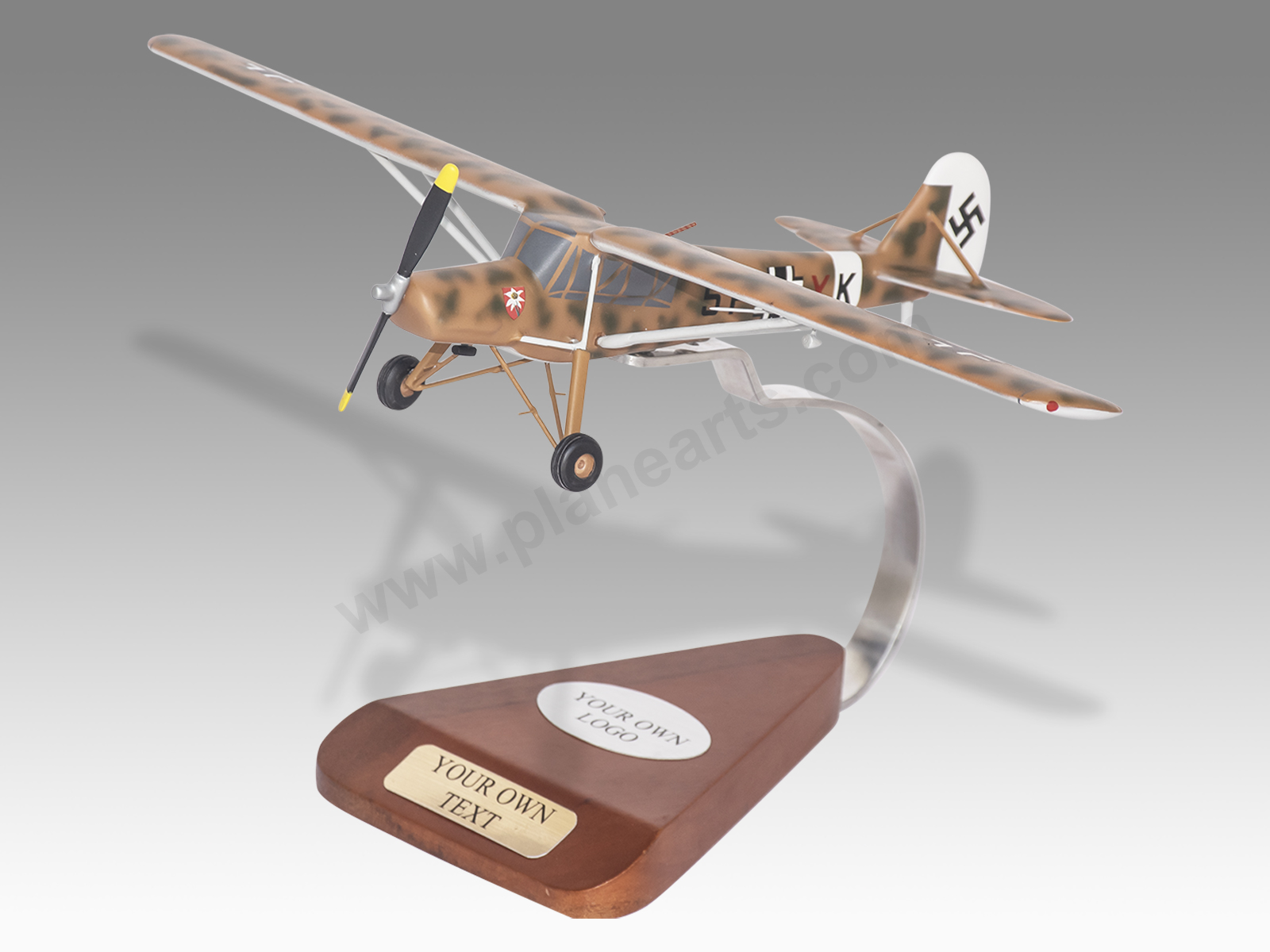
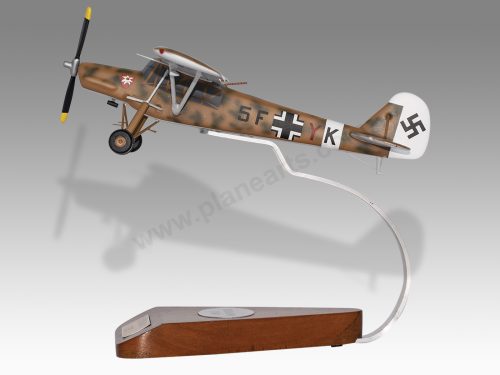
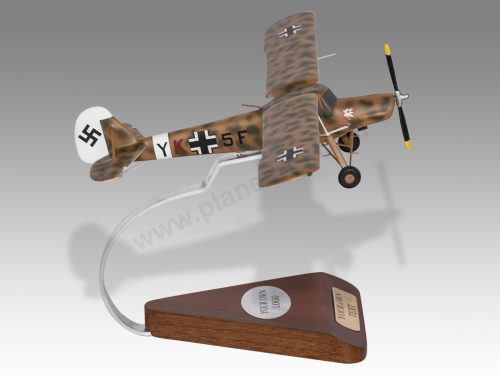
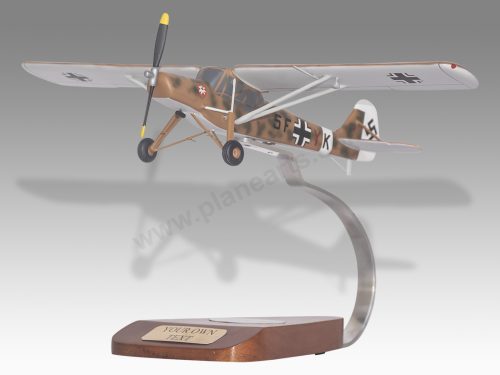

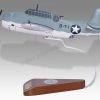

Reviews
There are no reviews yet.